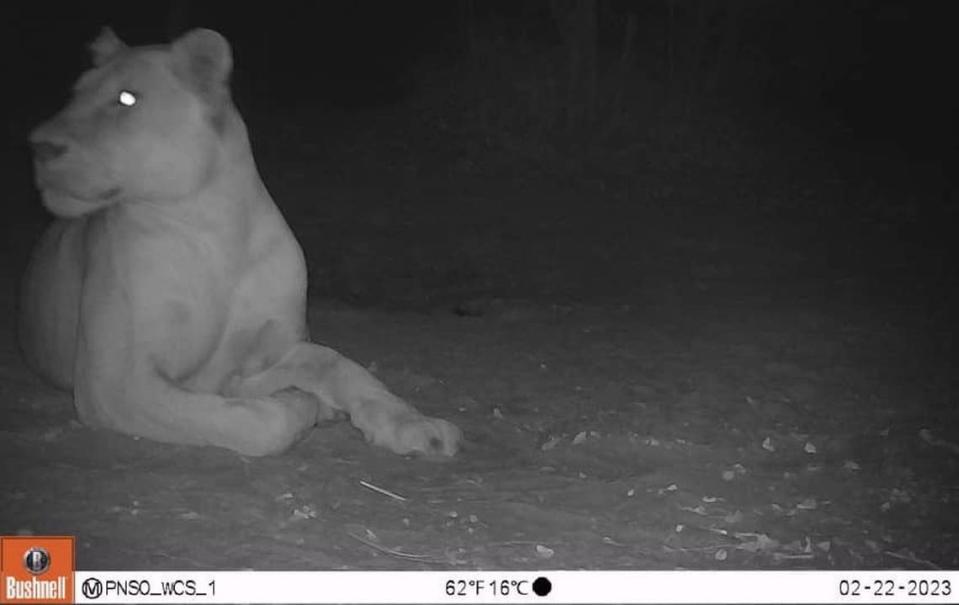Creature thought ‘extinct’ in African park spotted for first time in decades. See it
Lions were considered extinct in an African national park and had not been spotted for two decades.
But recently, a healthy lioness was captured on a remote camera in the park, delighting conservationists who have worked for years to boost declining big cat populations.
The “stunning” photograph was captured in the Sena Oura National Park in Chad and released by the Chad government and the Wildlife Conservation Society (WCS), a nonprofit based in New York.
The image shows “a beautiful lioness, in her prime and clearly in great health,” according to a news release from WCS.

Lions are officially extinct in Sena Oura, which is connected to Cameroon’s Bouba N’djida, creating a contiguous landscape that stretches across parts of both countries, WCS said, citing an assessment from the International Union for Conservation of Nature.
While it’s possible a few lions managed to survive undetected in the area in the past, it’s unlikely they inhabited the park continuously, Luke Hunter, the executive director of the WCS Big Cats Program, told McClatchy News.
“Lions are hard to miss unless they are simply moving through an area rapidly and local people would have known if they were present,” Hunter said in an email.
Organized poaching in the area was a major factor that caused the lions to disappear over the past decades. The illegal killing has now largely been curbed due to efforts undertaken by the governments of Chad and Cameroon in recent years, according to WCS.
“Today, lions in much of Bouba Njida are breeding well, with increasing evidence of them gradually recolonizing north, near the border with Chad,” Hunter said. “I think the lioness is an early sign of this recovery process, now starting to reach Sena Oura.”
Still, lion populations on the African continent are declining, Hunter said, adding that poaching of lions and their prey remains a major factor in their diminishment. Habitat loss also contributes to their dwindling numbers.
Less than 24,000 lions remain in the wild, Hunter said. The vast majority of them are southern lions, a sub-species found in Southern and Eastern Africa.
“The lion in West and Central Africa is genetically distinct and a different subspecies, the northern lion,” Hunter said. “There are fewer than 1,000 northern lions remaining so these early signs of recovery in Sena Oura-Bouba Njida are very hopeful.”
Chad is the fifth-largest country in Africa by land mass, according to Statista, and is home to an estimated 18 million people.
Mummified creatures — used by ancient cult — found sealed in Egyptian coffin
Crumbling 11th century church resurfaces — a warning sign for drought-stricken Spain
Massive burial site tied to Mayan deity is uncovered — with some bodies headless

